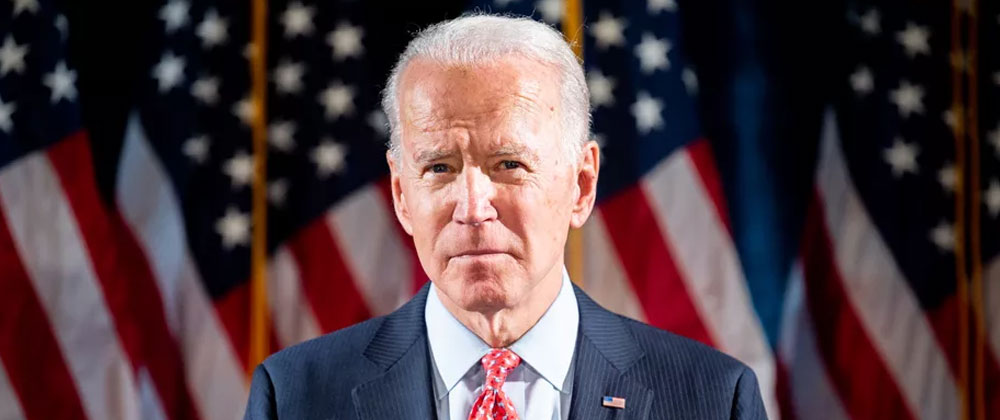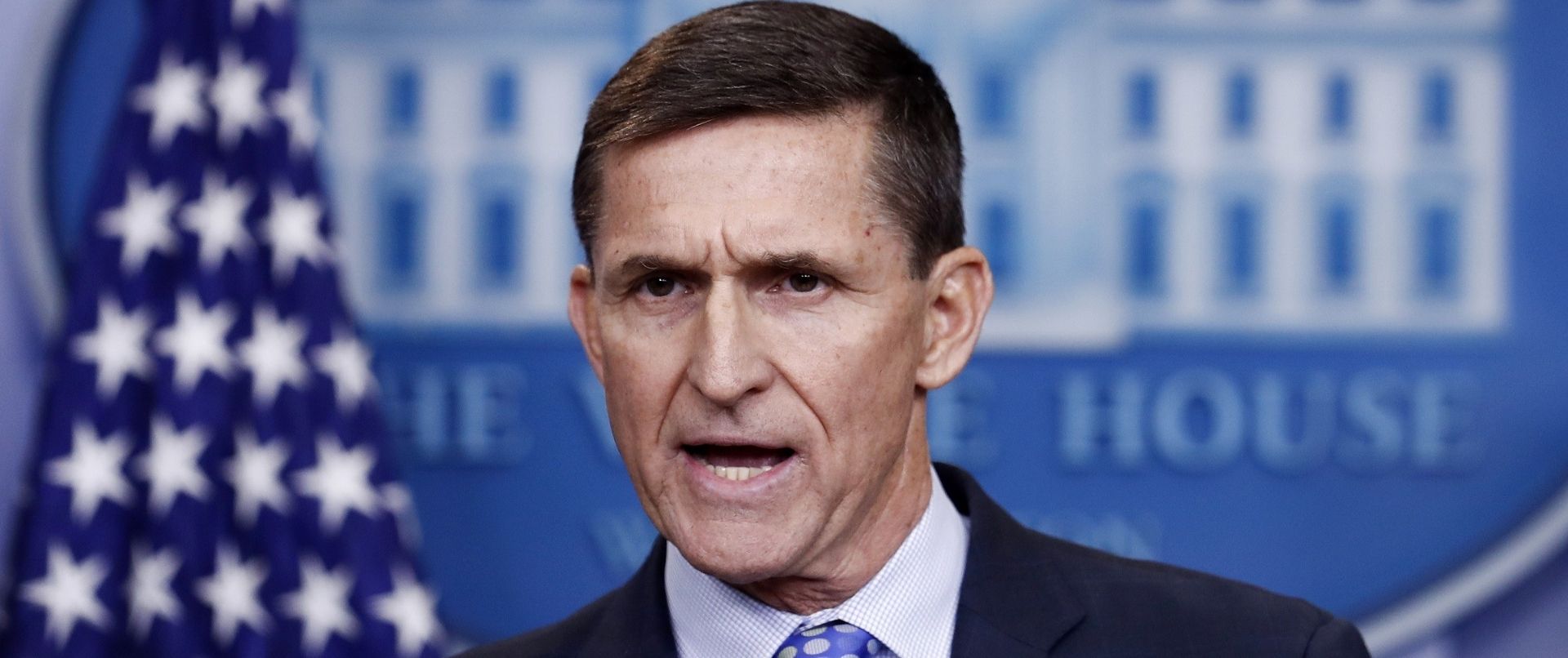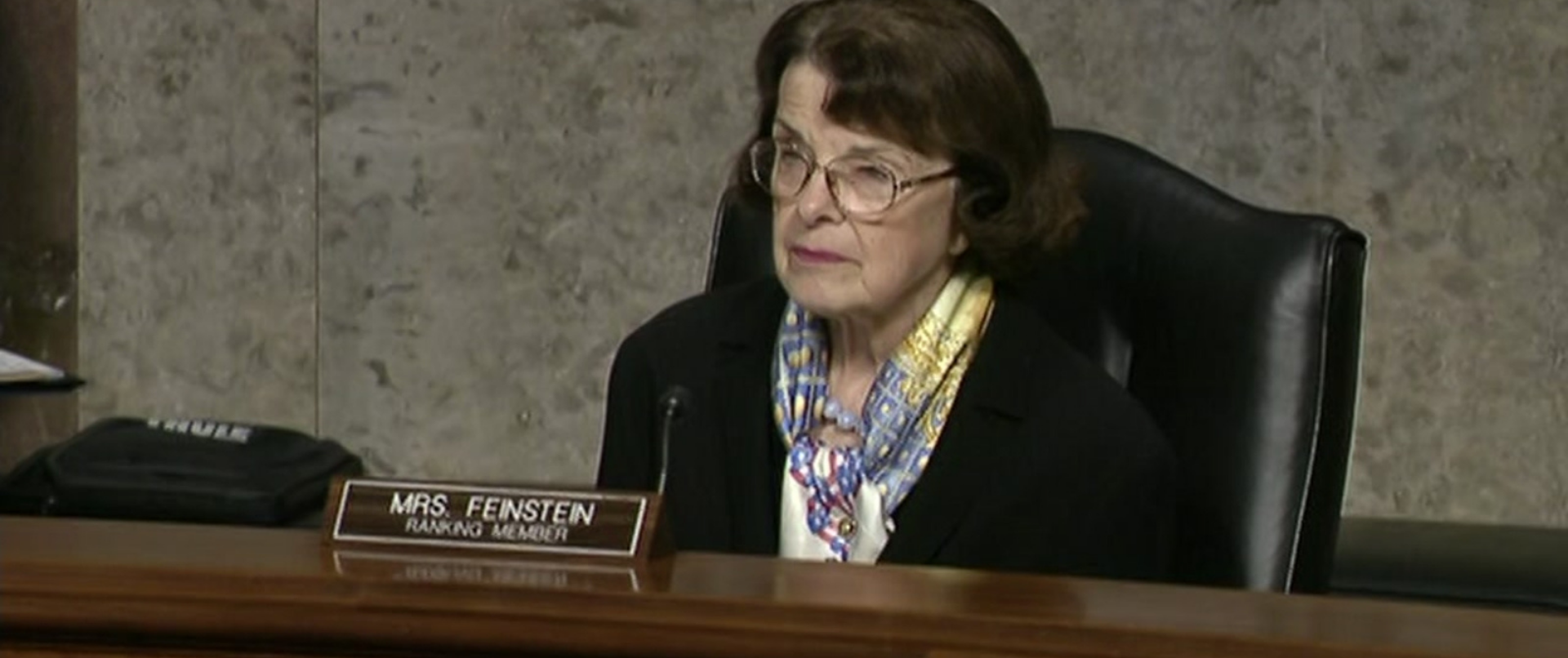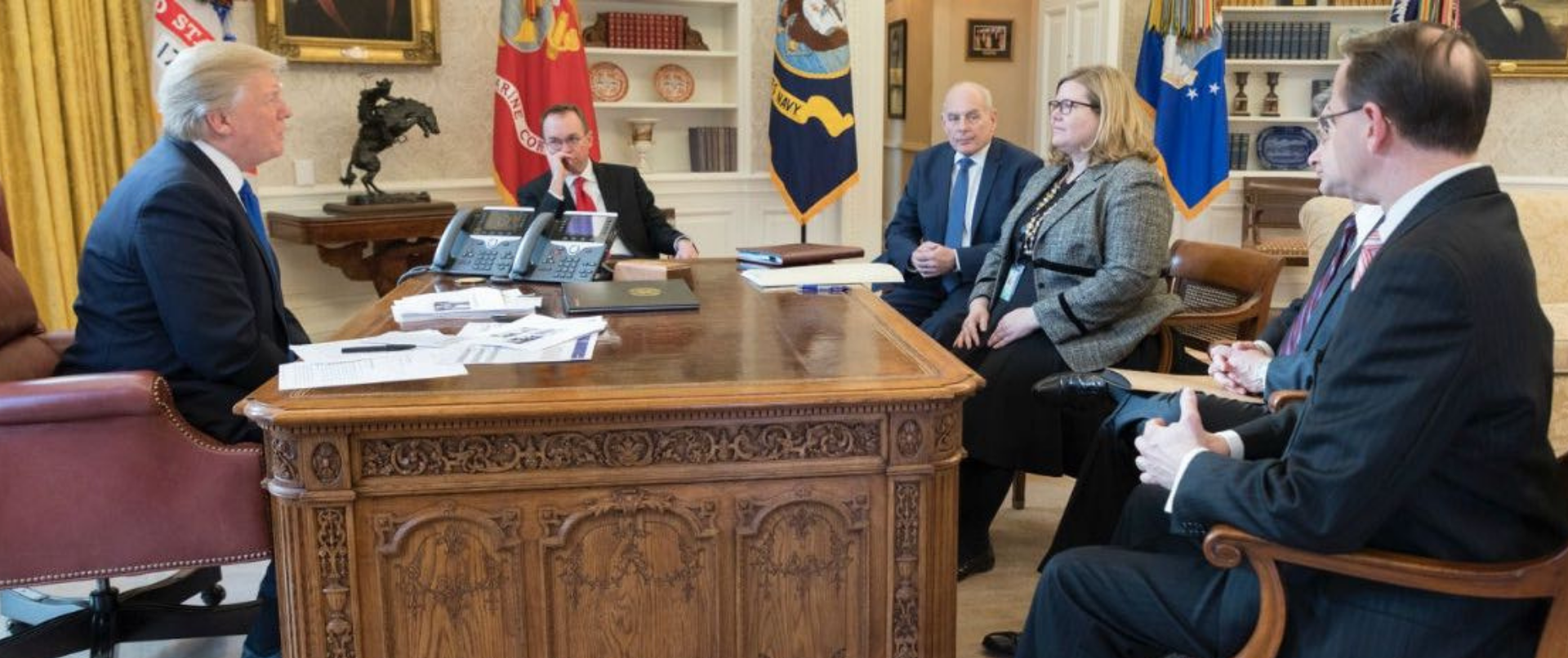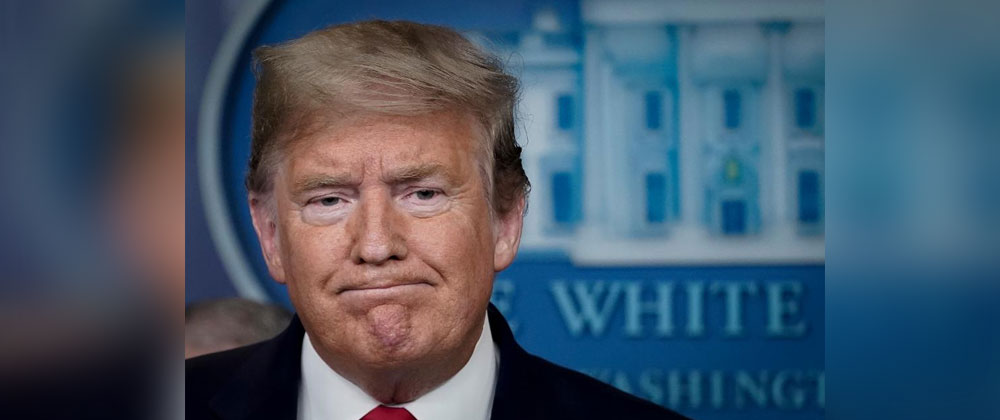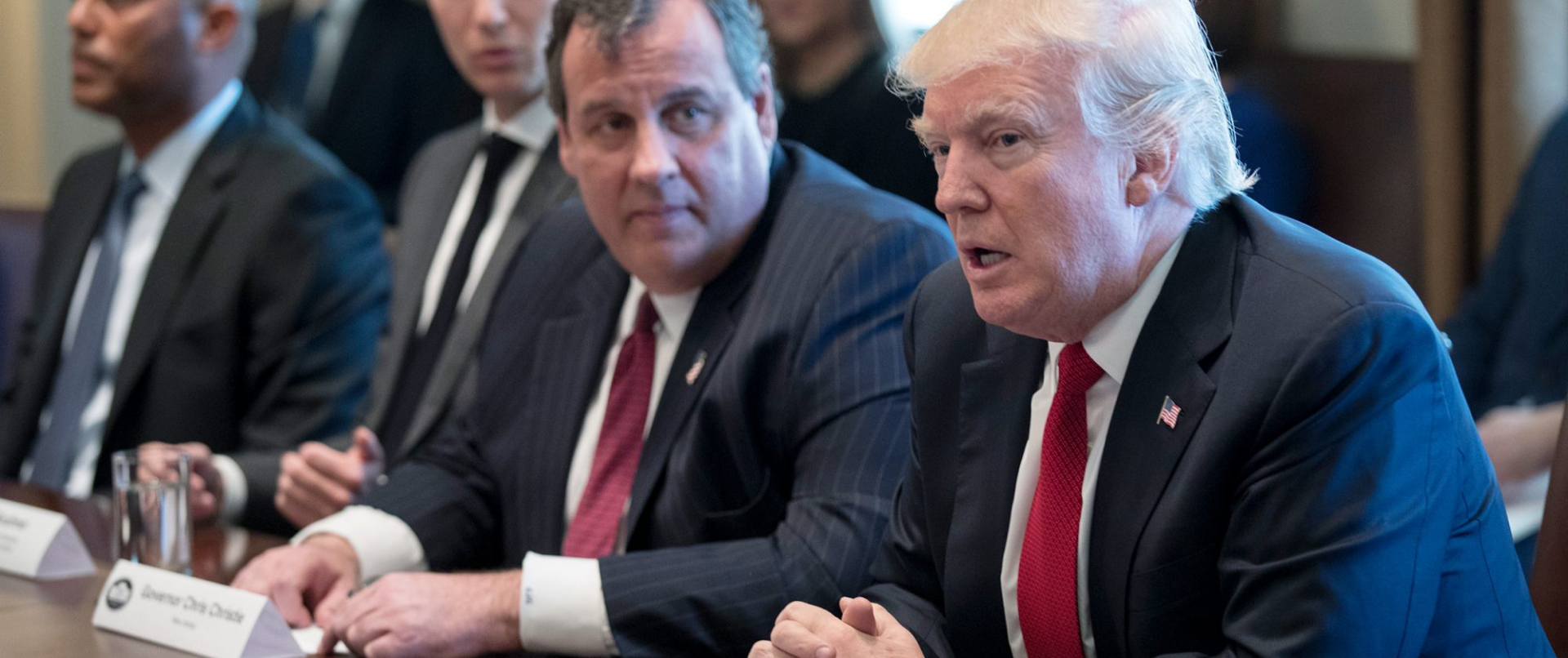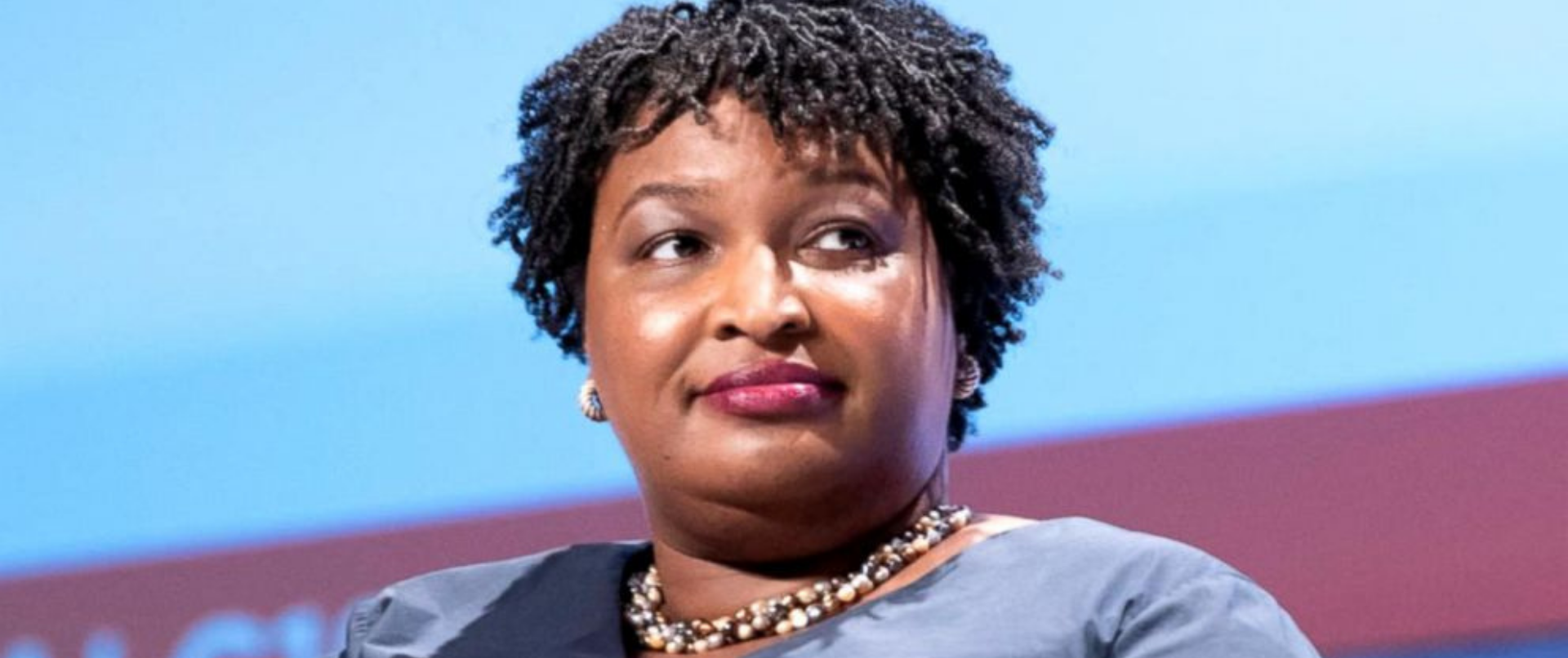Decoding President Trumps Executive Orders And His Promises To The Public For Securing Re-election
Over the weekend President Trump signed executive orders on payroll taxes, unemployment benefits, student loans and evictions, taking matters into his own hands as negotiations with Democrats over coronavirus relief legislation have stalled.
The White House argues that the executive orders will provide relief to Americans who are struggling financially as a result of the coronavirus recession.
But Democrats have argued that Trump’s orders won’t be effective or sufficient. Many Republicans support the president’s moves, but some conservatives are questioning their legality.
Unanswered questions remain about how exactly the orders would be implemented.
“One of the unifying themes of the overall package is that it creates more uncertainty than it alleviates,” said Maya MacGuineas, president of the Committee for a Responsible Federal Budget, a budget watchdog group.
Here is a breakdown of President Trump’s orders and what they will and won’t do, including gray areas.
Payroll taxes-One of Trump’s orders directs the Treasury Department to defer payment of employee-side Social Security payroll taxes through the end of the year for those making under roughly $100,000. The start date for the planned deferral period is listed as September 1st, but Trump said it could end up being retroactive to August1st.
On Saturday, the president said that he plans to forgive the deferred taxes if he is reelected.
By signing the memo, Trump is taking a step toward his longtime goal of cutting payroll taxes, a move he thinks would provide savings to workers and encourage businesses to rehire employees.
But Democrats argue that it undermines Social Security.
As of Monday afternoon, the Treasury Department and IRS had not issued guidance on Trump’s directive. Tax experts are hoping that guidance will address questions such as the due date for when suspended taxes would have to be paid.
Pete Isberg, vice president of government relations for the payroll company ADP, said some companies could find it challenging to update their payroll systems by September1st.
“Many will find that they can’t make programming changes quickly,” he said.
Experts said it’s possible that employers would continue to withhold payroll taxes from paychecks because the order doesn’t eliminate the taxes. If that happens, employees wouldn’t see any boost to their take-home pay.
If an employer stops withholding payroll taxes, the employee could end up having a considerable balance due to the federal government when the suspension period ends, assuming the deferred taxes are not forgiven by further action.
Unemployment benefits-Another of Trump’s memos directs the Federal Emergency Management Agency to create a program that authorizes governors to provide $400 per week to recipients of unemployment benefits. Residents would have to already be receiving $100 per week in benefits to be eligible.
Of the $400 per week, $300 would come from the federal government by redirecting up to $44 billion from the Department of Homeland Security’s disaster relief fund.
States would provide the remaining $100 each week. They could use funds that the federal government can provide them under the CARES Act enacted in March, or they could use other funds.
The order represents Trump’s effort to unilaterally provide enhanced unemployment benefits to Americans who are out of work. The $600-per-week boost to weekly benefits provided by the CARES Act expired at the end of last month, and Democrats and Republicans have sparred over the level at which the enhanced benefits should be extended.
Trump’s order quickly came under scrutiny regarding its legality and the logistics needed to implement it.
An ideologically diverse group of organizations in the Power of the Purse Coalition issued a statement expressing opposition to Trump extending enhanced unemployment benefits “by reprogramming federal dollars in contravention of Congress’s explicit intent.”
Democratic lawmakers, state officials and legal experts raised concerns that states would find it difficult to participate in the program since they are already cash-strapped and it would take some time for them to make the necessary updates to their computer programs.
Treasury Secretary Steven Mnuchin on Monday said most states should be able to execute the enhanced unemployment payments in the order in the next week or two.
An email sent by the Labor Department to state unemployment agencies on Sunday said states could use their existing unemployment benefit payments to fulfill the cost-sharing requirement. However, that would have the effect of recipients receiving enhanced benefits of $300 per week rather than $400.
“For people on the edge, $100 could make a big difference,” said David Super, a law professor at Georgetown University.
Trump told reporters Sunday that the federal government would make a decision about state contributions on a case-by-case basis.
“It may be they’ll pay nothing in some instances,” he said.
Mnuchin on Monday argued that states wouldn’t need to come up with additional funds for the unemployment program because they could use money from the CARES Act.
“The 25 percent isn’t really coming from the states because we’re authorizing them to use money out of the $150 billion we just sent them,” Mnuchin said in an interview. “So in essence, all 100 percent is coming from the federal government.”
Michele Evermore, senior policy analyst at the National Employment Law Project, called Mnuchin’s comments “disingenuous,” noting that many states have already fully obligated their CARES Act funds.
Student loans– The memorandum relating to student loans directs the Education Department to extend a provision in the CARES Act that temporarily suspended student loan payments and set interest rates to zero.
Under the CARES Act, the pause in required payments was set to expire Sept. 30; the order directs the Education Department to extend the suspension through December31st.
Democrats argue that more can be done to help people struggling with student-loan debt.
“[Trump’s] student loan deferment doesn’t provide long-term relief to borrowers drowning in student debt,” Senator Sherrod Brown (Ohio), the top Democrat on the Senate Banking Committee, said in a statement Saturday.
Evictions– Trump’s housing-related order does not extend the federal eviction moratorium that expired at the end of July. Instead, it directs several federal agencies to examine resources that could be used to provide assistance for renters and homeowners.
The Department of Health and Human Services and the Centers for Disease Control and Prevention are directed to consider whether any measures to prevent evictions are necessary to prevent the spread of the coronavirus from one state to another. The order also directs Treasury and the Department of Housing and Urban Development (HUD) to identify federal funds that could be used to provide financial assistance to renters and homeowners.
Additionally, the order instructs HUD to “promote the ability of renters and homeowners to avoid eviction or foreclosure resulting from financial hardships caused by COVID-19.” It further directs the Federal Housing Finance Agency to review any authorities that can be used to prevent evictions and foreclosures.
Housing advocates argue the order lacks substance.
“The executive order signed this weekend by President Trump is an empty shell of a promise that does nothing to prevent evictions and homelessness and acts only to mislead renters into believing that they are protected when they are not,” the National Low Income Housing Coalition said in a statement.
White House press secretary Kayleigh McEnany said Monday that the president “did what he can within his executive capacity.”
Everything That Was Left Unaddressed-There are a number of items that lawmakers and the White House have discussed including in coronavirus relief legislation that were not addressed in Trump’s orders.
These items include additional money for state and local governments, more funding for the Paycheck Protection Program, funding for schools, additional money for coronavirus testing, and a second round of stimulus payments.
McEnany said the president is still interested in pursuing a legislative package.
“The White House is still motivated,” she said. “The president would love to see the direct payments to Americans. The president would love to see the school funding. There are several items that we’d like to see happen.”




